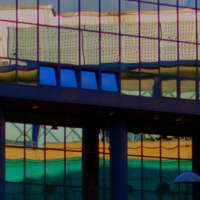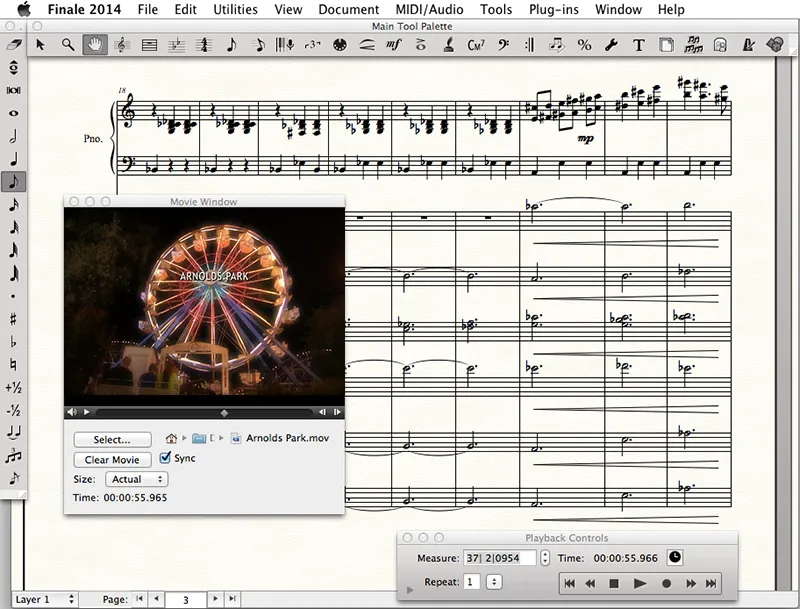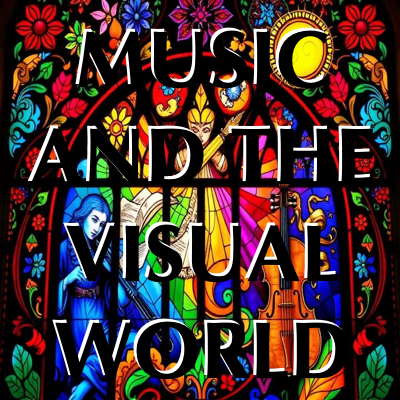 CENTRAL ENGLAND: Mike Wheeler's concert reviews from Nottingham and Derbyshire feature high profile artists on the UK circuit - often quite early on their tours.
CENTRAL ENGLAND: Mike Wheeler's concert reviews from Nottingham and Derbyshire feature high profile artists on the UK circuit - often quite early on their tours.
Finale's Last Year
A big shake-up in the world of music notation software
Since 1988, composers and arrangers around the world have been using the Finale music notation software. It was initially developed in the USA by Phil Farrand and John Borowicz for Coda Music Software, which was sold to Net4Music and then became MakeMusic. A few days ago, on 26 August 2024, the president of MakeMusic announced that this software would no longer be developed or sold, and that support would end after one year:
Today, Finale is no longer the future of the notation industry - a reality after 35 years, and I want to be candid about this. Instead of releasing new versions of Finale that would offer only marginal value to our users, we've made the decision to end its development.

A 2014 version of 'Finale' in use. Photo © MakeMusic
The company has announced a partnership with German company Steinberg - developer of Cubase - to provide a future alternative for Finale users, called Dorico - a name previously unfamiliar to many musicians.
To many long-term users of Finale, which is particularly popular in North America, this has serious implications. Composers and arrangers have decades of experience using this software and many are angry that it will no longer be available looking forward. The news could also mean that much material, previously developed using Finale, could later become inaccessible, if not converted (while Finale is still running) to a portable format such as MusicXML. In popular computer-speak, Finale is becoming 'abandonware'. Some are even calling it 'suicide'.
One of my composer colleagues believes that 'this is a progenitor for the upcoming changes in software as more and more programs are shut down, leaving people with decades of material that is inaccessible', and that something must be done to prevent this.
Steinberg's Dorico is a comparatively recent score-writing application which was produced by many of the developers of Finale's old rival, Sibelius.
Interestingly, something similar also happened to the Sibelius music notation software, originally called Sibelius 7, which was developed from 1986 onwards by two British twins, Jonathan and Ben Finn and first issued in 1993. It became popular, particularly in the UK, rivalling Finale. In 2006, Sibelius Software was bought by Avid Technology, and in 2012, Avid closed the Sibelius London office and laid off the original development team. Most of the members of this team were recruited by Steinberg to work on a 'next-generation' music notation program, and this appeared four years later, in 2016, as the first version of Dorico.
Avid, however, continue to support Sibelius, and it's still used by many composers and arrangers, some of them using previous versions on extremely old computers due to financial constraints.
Although most professional users of music notation software have traditionally used either Finale or Sibelius, and with this latest news, the choices available are seemingly now Sibelius or Dorico, these aren't the only solutions available. Many people (including the writer of this news item) use the open source software Musescore. There are also other options including the reasonably-priced Notion, the cloud-based Noteflight (which has a free version) and Denemo (which is free and uses the open source music engraving program Lilypond to produce its output).
Not all of these alternatives may be featured/flexible/powerful enough for professionals - particularly when creating large multi-movement works such as operas and symphonies with the need to create parts for multiple musical instruments, but the main worries for newly estranged users of Finale are the accessibility of their previous work and having to purchase and learn to use a completely new system.
Posted 5 September 2024 by Keith Bramich




